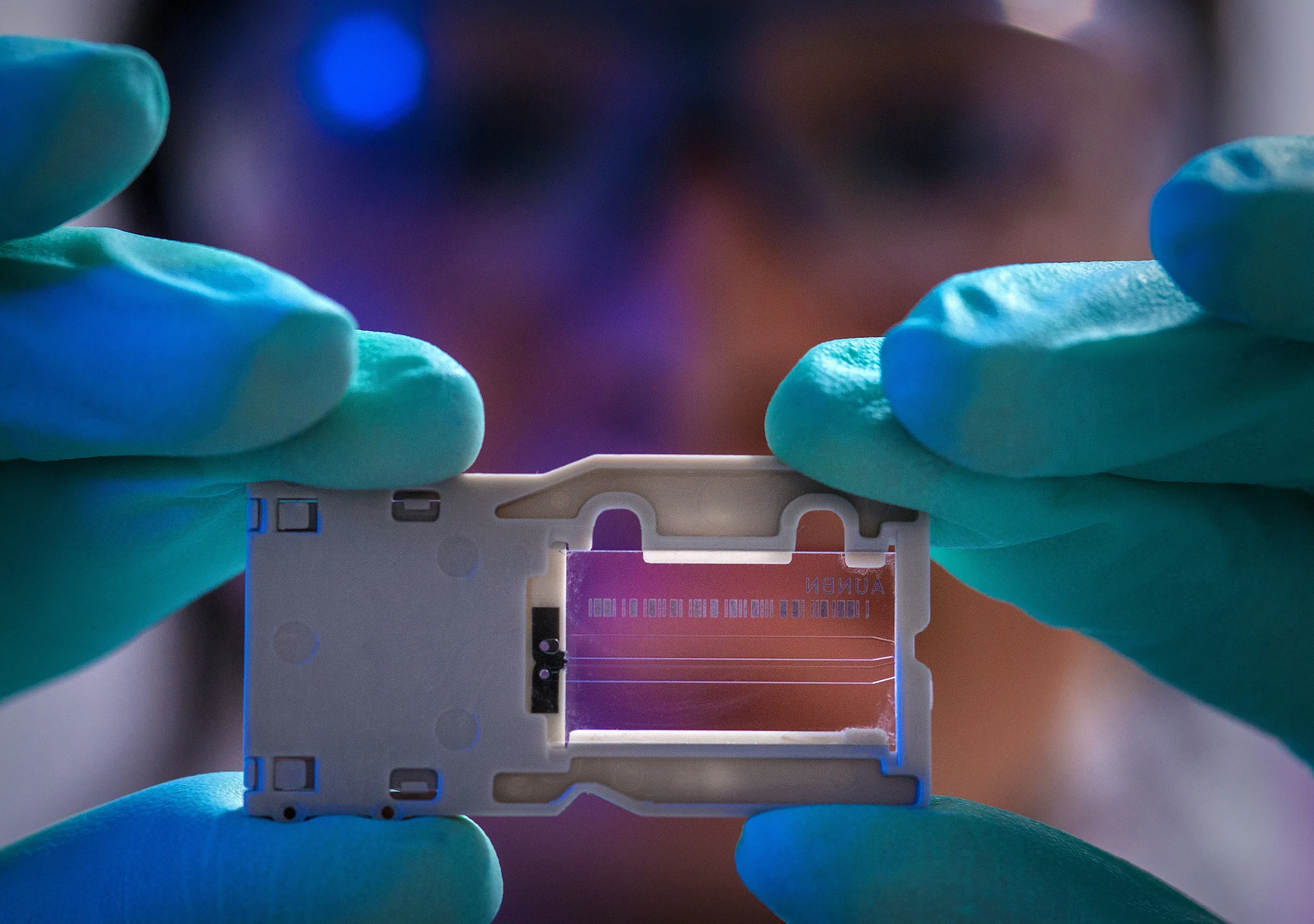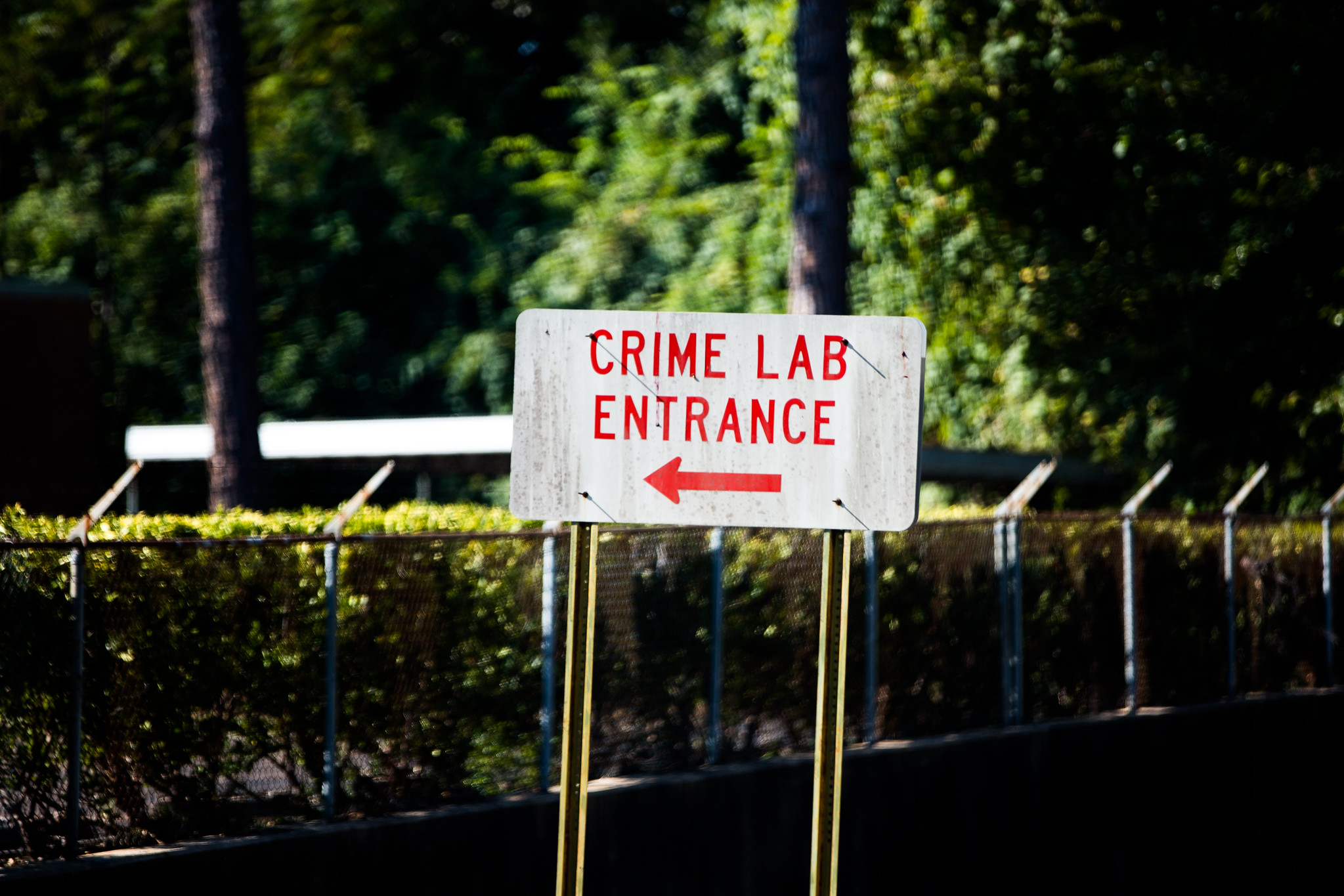Misapplication of Forensic Science
Misapplication of Forensic Science

The misapplication of forensic science is the second most common contributing factor to wrongful convictions. (Image: Centers for Disease Control and Prevention/Unsplash)
Misapplied forensic science contributed to more than half of our wrongful conviction cases and nearly a quarter of all wrongful conviction cases since 1989.
Over the years, DNA testing and advances in forensic science disciplines have revealed weaknesses in the scientific foundations of several methods that were once widely accepted by the criminal legal system and used to help secure earlier convictions. These methods include:
- Bite mark analysis*
- Hair comparisons
- Tool mark evidence
- Arson investigation
- Fingerprint analysis
- Dog scent evidence
- Comparative bullet lead analysis
- Shaken baby syndrome diagnosis
- Bloodstain pattern analysis
In these cases, forensic science practitioners provided misleading testimony that exaggerated the connection between the crime scene evidence and the person of interest, mischaracterized exculpatory results as inconclusive, or downplayed the limitations of the forensic science method they had used. On other occasions, practitioners have made mistakes when performing well-supported forensic methods in a laboratory, fabricated results in order to bolster the prosecution’s case against an individual, or hidden exculpatory evidence.
To strengthen forensic science, we educate judges, attorneys, forensic experts, and other system actors on the limitations of certain forensic methods, and urge them to examine scientific evidence for accuracy and reliability.

The misapplication of forensic science is the second most common contributing factor to wrongful convictions. (Image: Centers for Disease Control and Prevention/Unsplash)




